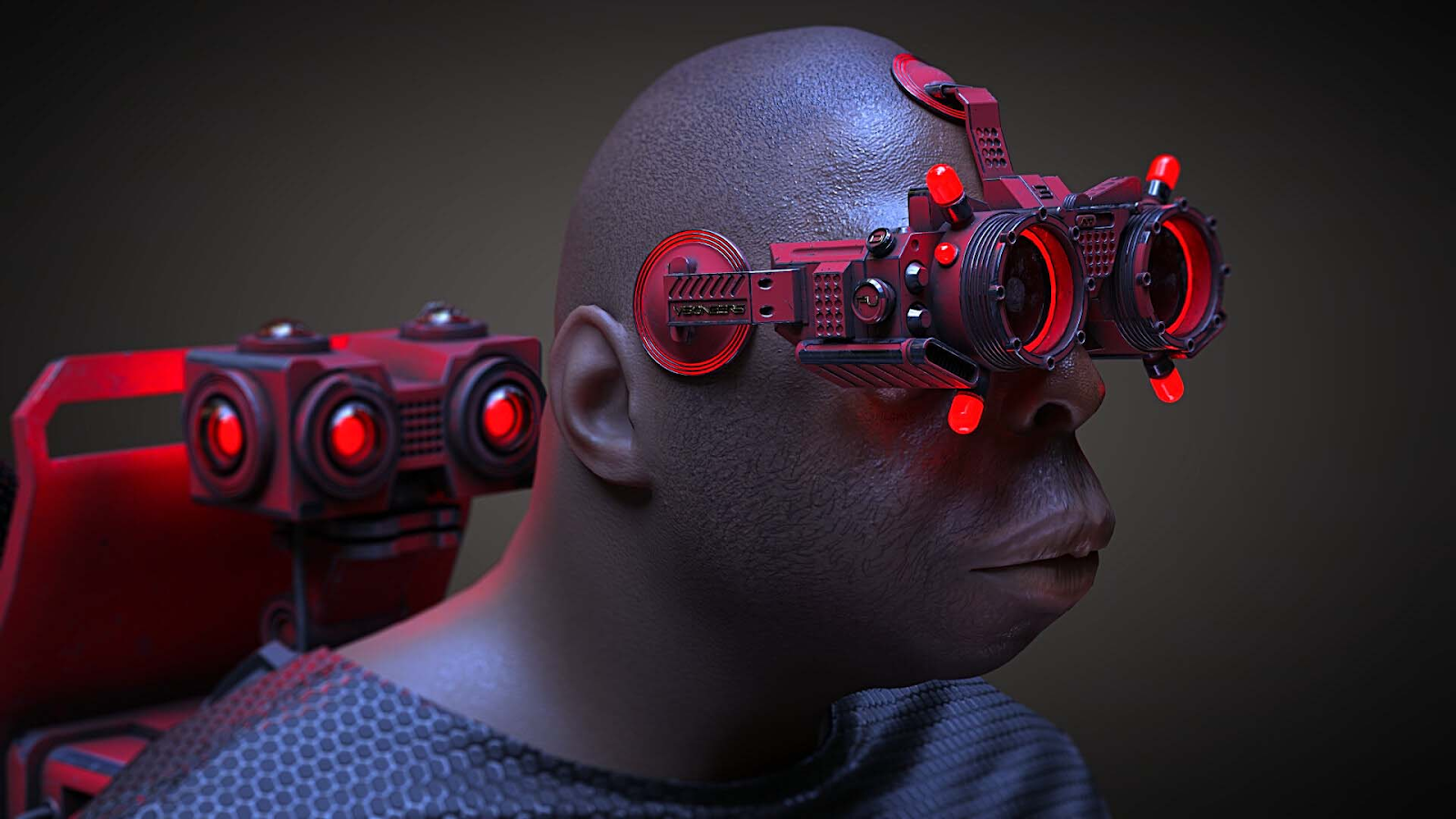How Has AI Developed Over the Years and What's Next
One approach to physically represent your imagination is through photographs and images. Have you ever wished you could see the image in your head? Or show it to others, hoping they will come to the same conclusion? Though mind-reading technology is still a way off, an intriguing alternative exists. Of course, technological advancements took time to occur. The achievement of achievement's artificial intelligence has grown significantly in the last few years.
Rise of AI Image Generation
Looking into the past might be likened to letting paint dry. Contrary to popular belief, the history of artificial intelligence in picture generation is interesting! Let us take a little historical trip to discover how pixels evolved into trailblazers and algorithms into creative forces.
Machine Learning Integration
In the early 1960s, digital image processing was introduced. Mostly, simple algorithms were employed as tools to improve and modify photographs. In the late 1980s, photo creation was combined with machine learning models. Using data-driven methodologies, these models directed the process and contributed intelligence.
Deep Learning and Convolutional Neural Networks (CNNs)
In the 2010s, Convolutional Neural Networks (CNNs) and deep learning changed the game. These technologies introduced ideas like style transfer and Generative Adversarial Networks (GANs).
Democratizing Photo Editing
There was a change at the time toward the democratization of excellent photo editing. GANs and style transfer increased accessibility. It made professional-caliber editing accessible to a wider audience.
Automation, Accessibility, and Ethical Concerns
In the early 2020s, the main priorities were automation and integration with 3D modeling and augmented reality. However, these advancements have spurred debates on AI's morality and legality in producing images.
From Image Enhancement to Artistic Expression
Over time, AI in photo generation progressed from a tool. Picture generators are sophisticated software applications that use input data to produce images. It made many creative options possible, such as creating popular gifs in different styles and AI-assisted photos.
Technological Advancements: The Game Changers
There is no question that AI picture generators can create a masterpiece in a matter of seconds. Nevertheless, before you can use these models, they need to undergo extensive training. Consider it as the AI undergoing the most advanced version of word-image kindergarten. The only distinction is that an AI picture generator creates graphics using an ANN machine learning algorithm rather than learning with crayons.
Neuron networks quickly process large amounts of input to make connections between words and images. AI-generated photos are ready to use once they have been trained.
Technological Advancements
AI models that are trained on textual descriptions can produce photos of a high caliber. The technology is available to everyone and is free and open-source. It is not restricted in any way. However, how did we precisely arrive at this point? These are the noteworthy discoveries that brought us to where we are now.
DALL-E: Where Imagination Paints Pixels
Even with its remarkable powers, GANs have certain shortcomings and difficulties. And DALL-E aims to achieve just that!
A unique model used by DALL-E is called a Generative Pre-trained Transformer. It recognizes the relationships and patterns in the data and consists of an encoder and a decoder. In addition to generating example images, the model can combine disparate notions and integrate different ideas; it may even create objects that don't exist.
BigSleep: High-quality Concepts with CLIP and BigGAN
Some time afterward, BigSleep, another generative model, was created. It combines BigGAN, a technique for producing high-quality images from random noise, with CLIP.
BigSleep manipulates the images generated by BigGAN until they satisfy a predefined prompt. It was the first model to produce big 512 by 512-pixel graphics with a wide variety of excellent concepts and objects. Earlier models frequently used more common objects and lower-resolution photos.
The Bottom Line
AI picture generation is still progressing at a very impressive rate. Nevertheless, the issue remains: will these models and systems supplant professional artists? It is improbable so that you can relax!
Among the many advantages of AI is its speed, which is one of its most desired qualities. It cannot, however, possess the subtle inventiveness and feeling that human artists can convey. Your best bet is to think of it as a useful friend. It can simplify the process, generate new concepts, and create excellent photographs, providing additional options to explore.



Comments
Post a Comment